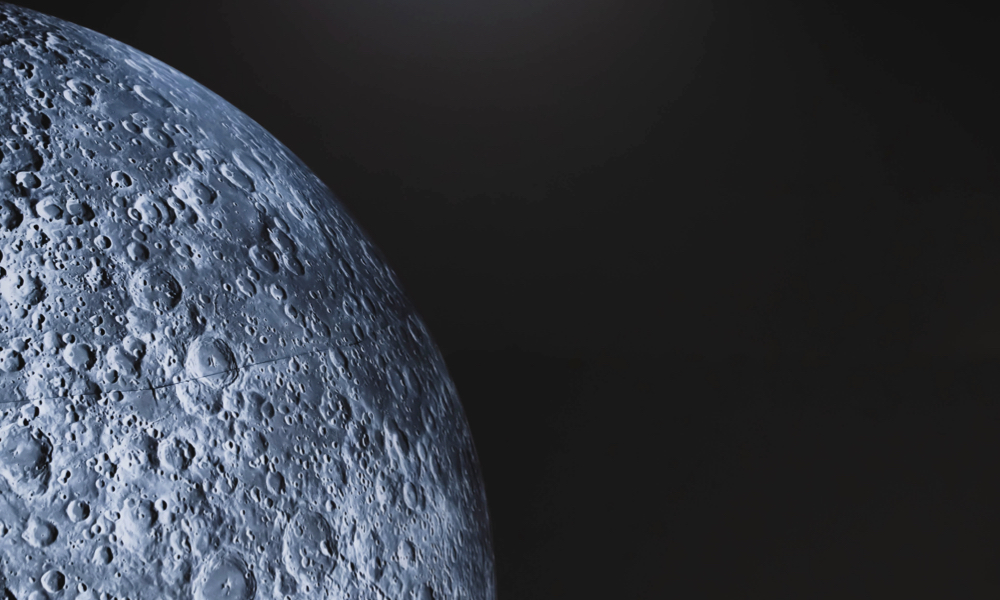
PROJECT TITLE: Pilot study of ultra-high energy COsmic rays through their Space-ATmospheric interactions — COSAT
Coordinator: Institute of Space Science, ISS – Filiala INFLPR
Partners: Institute of Research and Developments for Optoelectronics, INOE2000
Period: 29 November 2013 – 29 November 2015
Project director: Paula Gina Isar
Project team:
CO-ISS
- G. Isar, astroparticles, PM
- S. Zgura, physics, HPC
- T. Preda, physics, detectors
- A. Julea, remote sensing,
- T. Julea, engineer
- C. Talianu, mathematician
- A. Sevcenco, software, HPC
- F. Toanca, PhD student, physics
- I. Stan, hardware, HPC
- O. Banaru, technician
- L. Irimia, B. Dumitru, students
P1-INOE
- D. Nicolae, remote sensing, atmospheric physics
- L. Belegante, remote sensing
- J. Vasilescu, remote sensing, optics
- A. Nemuc, engineer, atmospheric physics
- C. Talianu, mathematician
- F. Toanca, PhD student, physics
- C. Radu, remote sensing
- G. Dumitrache, student
Description: One hundred years after the discovery of cosmic rays, the study of charged ultra-high energy cosmic rays remains a vital activity in fundamental physics and one of the greatest challenges in Astroparticle Physics, which uses cosmic particles to understand violent phenomena in the Universe.
While primary cosmic rays could not be measured directly until it was possible to get the detectors highly in the atmosphere using balloons or spacecraft, nowadays very energetic cosmic rays can also be detected indirectly by ground-based experiments measuring their EAS induced Cherenkov, fluorescent light, or radio waves.
All cosmic ray measurements (performed either from space or ground) rely on an accurate understanding of atmospheric phenomena, where remote sensing and atmospheric physics will play an important role.
The project is accessing the lowest level of technology readiness and the scientific research begins to be translated into applied R&D.
The project results are envisaged to come in support to ESA Cosmic Vision 2015-2025 (JEM-EUSO Mission), SSA – space and atmospheric weather, and Earth Observation Missions (the EU’s Copernicus Program – the atmosphere service, Sentinels 4&5).
Project objectives:
- Investigate the energetic cosmic rays physical processes using the atmosphere as a detector.
- Identify potential scientific niches in the field of space sciences and prepare to participate to the ESA’s Optional Programs (Science, Earth Observation)
Activities:
- WP1 – Highlights on ground-and space-based interdisciplinary links
- WP2 – Ground vs. Space cosmic ray measurements
- WP3 – Using the Atmosphere as a detector
- WP4 – Project disemination
- WP5 – Project Management
Contributions to the STAR programme objectives:
- Identify research niches at national, European and international level;
- Promote the research field in education and mass-media for public;
- Continuous inter- and multi-disciplinary training of high-quality specialists, mainly with focus on attracting and formatting the young generation;
- Produce qualitative achievements by increasing the quality of scientific research;
- Organize scientific outreach events for education, society and industry;
Homepage: COSAT
